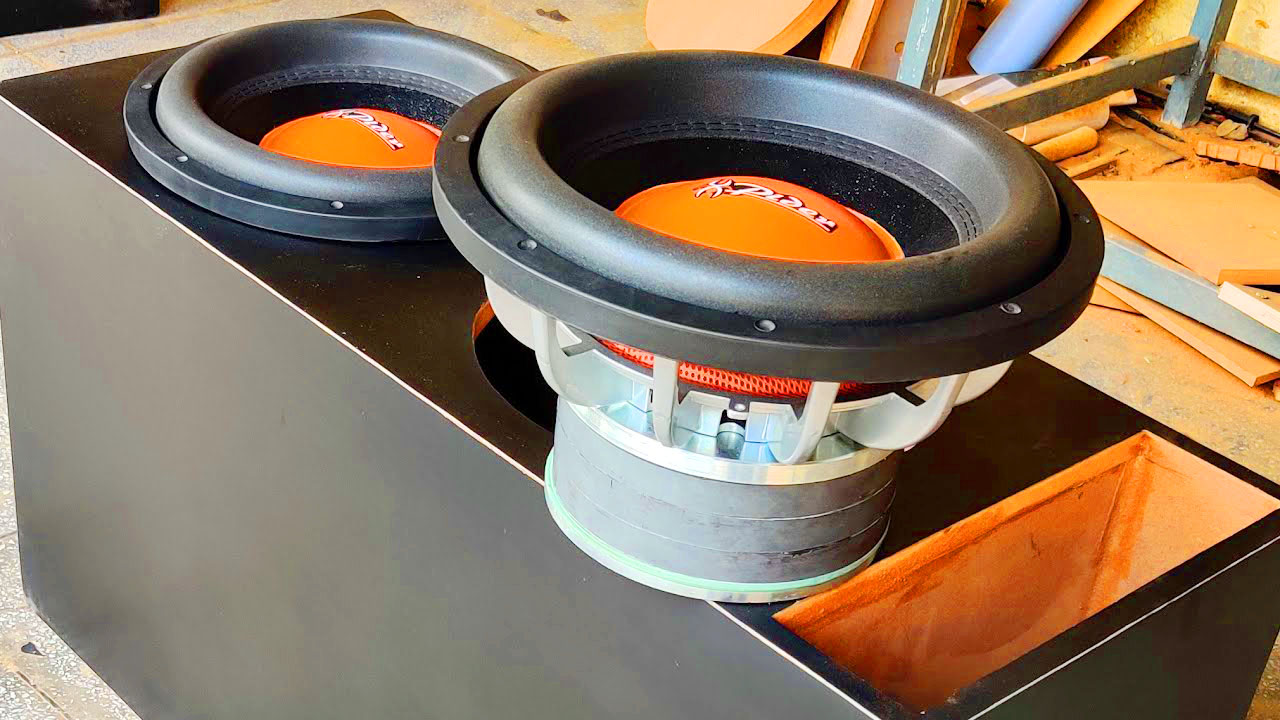Subwoofers are an essential component of any audio system, and they are responsible for producing the low-frequency sounds that bring music and movies to life. When it comes to selecting a subwoofer, one of the most important specifications to consider is the RMS power rating. In this article, we will discuss what RMS means and what a good RMS power rating is for a subwoofer.
What is RMS?
Root Mean Square (RMS) is a measure of the average power output of a subwoofer over an extended period of time. It is often used as a measure of how much power a subwoofer can handle. The RMS rating is a more accurate measurement of a subwoofer’s power handling capabilities than peak power or maximum power ratings, which are more of a marketing gimmick.
Understanding the Basics of RMS Power Rating
When it comes to choosing a subwoofer, the RMS power rating is an important specification to consider. The RMS power rating is a measure of how much continuous power the subwoofer can handle. A good RMS rating will ensure that the subwoofer can handle the power demands of your audio system without distortion or damage to the speaker.
What is a Good RMS for a Subwoofer?
The RMS power rating of a subwoofer is dependent on several factors, including the size of the subwoofer, the number of voice coils, and the quality of the components used in its construction. As a general rule of thumb, a good RMS power rating for a subwoofer is between 75% and 150% of the amplifier’s power output. This ensures that the subwoofer can handle the power demands of the amplifier without distortion or damage.
Factors to Consider When Choosing a Subwoofer
When selecting a subwoofer, there are several factors to consider. The first factor is the size of the subwoofer. Generally, larger subwoofers can handle more power than smaller ones. However, larger subwoofers may not fit in all applications, and they may not be necessary for all listening environments.
Another factor to consider is the number of voice coils. Subwoofers with multiple voice coils can handle more power than those with a single voice coil. However, they are also more expensive and can be more difficult to wire.
The quality of the components used in the construction of the subwoofer is also an important factor to consider. Subwoofers with higher quality components will generally have a higher RMS power rating and will be able to handle more power without distortion.
Tips for Getting the Best Performance from Your Subwoofer
To get the best performance from your subwoofer, there are several things you can do. The first is to ensure that the subwoofer is properly powered. The RMS power rating of the subwoofer should be matched to the amplifier’s power output.
Another tip is to properly tune the subwoofer to your listening environment. This includes adjusting the phase, crossover, and equalization settings to ensure that the subwoofer is producing the best possible sound.
Finally, make sure that the subwoofer is properly installed and positioned. Subwoofers should be installed in a sealed or ported enclosure, and they should be positioned for optimal sound quality.
[FAQs]
Is higher RMS better for subwoofer?
A higher RMS rating means that the subwoofer can handle more power and deliver better performance. However, it is important to match the RMS rating of the subwoofer with the power output of the amplifier for optimal performance.
Does higher RMS mean more bass?
No, the RMS power rating does not directly determine the amount of bass produced by a subwoofer. Other factors, such as the design of the subwoofer and the size of the enclosure, also play a significant role in determining the amount of bass produced.
How many watts is a good subwoofer?
The number of watts required for a good subwoofer depends on several factors, including the size of the subwoofer, the size of the room, and the listening preferences of the user. Generally, a subwoofer with an RMS power rating of 100 to 200 watts is considered to be good for most applications. However, it is important to match the subwoofer’s power handling capabilities with the power output of the amplifier for optimal performance.

